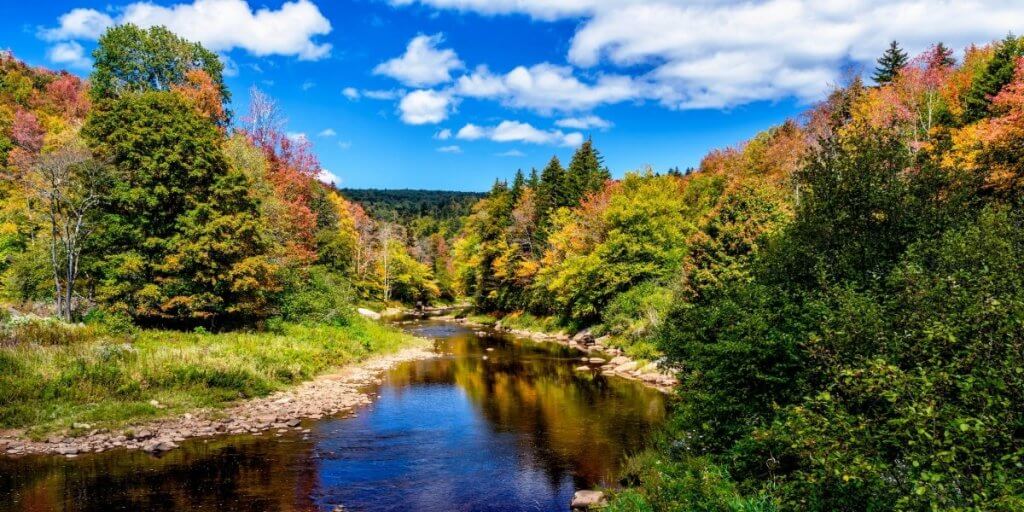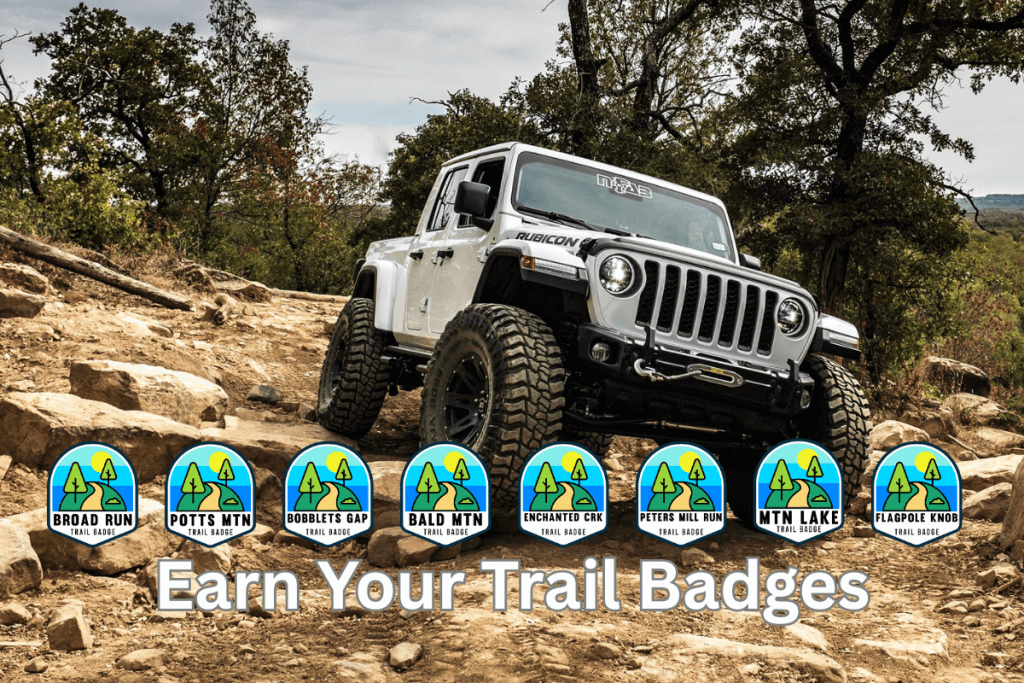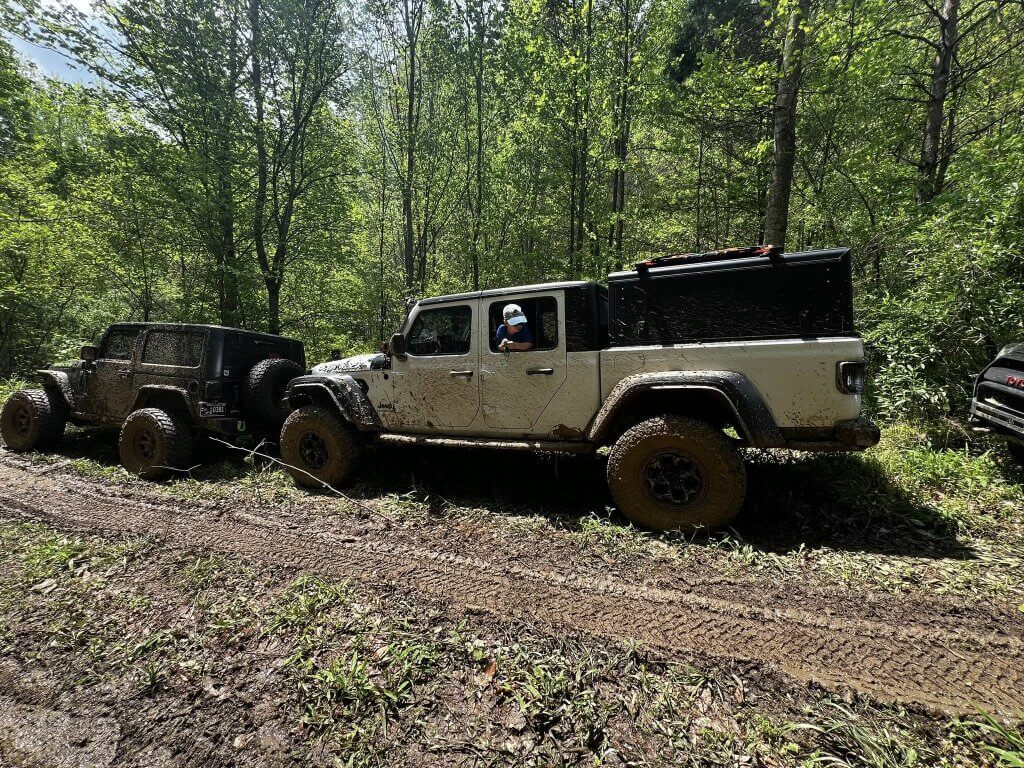Overlanding in Virginia: A Complete Journey Through Landscape and Community
Virginia is the perfect canvas for overlanding—a journey-driven, self-reliant style of exploration that celebrates both rugged adventure and serene campout evenings. From the Blue Ridge’s whispering ridges to the Alleghany Highlands’ hidden hollows, this state invites you to traverse its public lands and forge your own narrative.
🌄 The Allure of Virginia Overlanding
Virginia is far more than a typical travel itinerary. Its vast swaths of George Washington and Jefferson National Forests, scenic byways, and evolving backroads deliver a patchwork of experiences. Whether you’re cruising along Potts Mountain’s rocky jaws or dipping into east-west farm valleys, the state offers something rare: the freedom of endless exploration, where every trail is both connector and destination.
🛻 Trail Connections and Where They Lead
Let’s set out on a visual tour of Virginia’s trail scars:
1. Peters Mill Run OHV Trail (Edinburg, ~8 mi)
Nestled above the Shenandoah Valley, this oak-canopied route weaves moderate rocky stretches and soft forest roads. A permit is required, but the solitude and scenery are more than worth it visitalleghanyhighlands.com
2. Potts Mountain Jeep Trail (Jefferson NF, ~15mi
Known as Forest Road 5036, Potts Mountain stretches east-west near Paint Bank. This eight-hour slog delivers deep ruts, pounding rock climbs, and panoramic views. High clearance and a spotter are game-changers. tuffstuffoverland.com
3. Coal Road (~14 mi)
A gentle gravel track that’s beginner-friendly, Coal Road threads into the heart of GWNF. With easy access to Bald Mountain and Turkey Pen, it’s a great introduction to longer overland routes. benehike.com
4. Bald Mountain Jeep Trail (~10 mi)
Also called Big Levels, this autumn gem is peppered with mud pits, rocky ledges, and scenic camps. A three-hour backbone for a weekend overland escape
5. Skidmore Fork / Dunkle Hollow Road (~8 mi)
This quieter route near Harrisonburg offers water crossings, dispersed sites, and side loops—true backcountry flavors
These trails illustrate Virginia’s spectrum: from forestry service roads perfect for stock SUVs to rugged routes demanding technical builds and recovery gear.

🧭 Planning Your Journey
Gear Up with Purpose
Virginia overlanding doesn’t demand exotic builds, but it does require smart preparation. A hardy 4×4—such as a 4Runner, Wrangler, Tacoma, or even a Bronco Sport with the right tires—paired with recovery gear, spare tire, shovel, and traction aids, sets the stage. Don’t overlook essentials like onboard air compressors and a portable fridge for backcountry comfort.
Map Smart, Drive Smart
The key to legal, enjoyable overlanding is following the USFS Vehicle Use Maps (MVUMs). They detail which roads are open to motor vehicles, regulatory changes, and dispersed camping areas. Overlay them in Gaia GPS or OnX Offroad to avoid fines—or worse, stranded on illegal routes benehike.com.
Season & Weather Matter
Spring and fall bring mild temperatures and scenic transitions but can also mean muddy trails and swollen streams. Summer offers stable ground but can get crowded. Winter trails are often closed or icy, especially higher elevation routes like Potts and Bald Mountain.
🏕 Where to Sleep Under the Pines
One hallmark of Virginia overlanding is its free dispersed camping. Set up camp at least 200 ft from water sources, use existing fire rings (where allowed), and adopt a “leave no trace” ethic.
Popular dispersed sites line Flagpole Knob, valleys off Coal Road, and ridgelines along Bald Mountain. For more comfort, Sherando Lake, Douthat State Park, or Elizabeth Furnace provide restrooms and scenic backdrops—just off the trail.

🤝 VA Off‑Road: The Community Backbone
Sheltered in the nonprofit world, VA Off-Road is a registered 501(c)(3) that goes beyond mere trail riding. With a mission rooted in education, stewardship, and responsible access, the group offers:
- Free membership, unlocking digital trail maps and badges
- Safety and etiquette classes, including how-to guides on using MVUMs
- Trail stewardship initiatives, where cleanup earns badges through Earth-friendly work
- Guided runs across all skill levels, from family-friendly gravel days to advanced rock crawling
“If you’re new to overlanding, VA Off‑Road is your compass in the woods,” says their philosophy. By joining (https://vaoffroad.org/join), you step into a community that builds both access and friendships—plus, it’s free.

🗺️ Overlanding Itineraries for Virginia Explorers
Whether you’re squeezing in a weekend getaway or planning a week-long journey across the mountains, Virginia offers flexible overland routes to match your rig and comfort level. Here are three itineraries—from beginner to advanced—each highlighting the state’s natural beauty and trail diversity.
🥾 Beginner Itinerary: The Flagpole Loop (2 Days / 1 Night)
Perfect For: Stock 4WD vehicles, new overlanders, families
Start your journey in Harrisonburg, heading south into George Washington National Forest. The Flagpole Knob Trail is a favorite for those just entering the overlanding scene. The road winds through forested switchbacks, with optional spurs like Dunkle Hollow Road for light water crossings and solitude.
Camp at the summit of Flagpole or along one of the many dispersed sites near Skidmore Fork. On day two, explore Reddish Knob, a paved overlook with panoramic views before heading back into town.
Why it’s great: You’ll experience elevation, dispersed camping, and minimal technical difficulty—all with solid LTE coverage and access to town if needed.
🌲 Intermediate Itinerary: Shenandoah Overland Triangle (3 Days / 2 Nights)
Perfect For: Lightly modified 4x4s with recovery gear, experienced drivers
Day one starts at Peters Mill Run, a trail that twists and climbs through mixed hardwood forests. After exploring the 13-mile loop, camp near Elizabeth Furnace Campground or grab a dispersed site on the forest edge.
Day two heads south along Fort Valley Road to connect with the Coal Road route—a scenic gravel stretch popular with overlanders looking for peace and quiet. Camp at one of the streamside clearings near the Sherando area.
On day three, explore Big Levels / Bald Mountain Jeep Trail. This route offers rocky terrain, mud pits, and gorgeous open ridge drives. After a few hours on the trail, exit near Waynesboro for a celebratory hot meal.
Why it’s great: It blends forest trails, scenic connectors, and a taste of real off-road challenges, but nothing too punishing for a mid-size rig.

⛰️ Advanced Itinerary: The Alleghany Highlands Traverse (4–5 Days)
Perfect For: High-clearance rigs with recovery tools, winches, group travel
Begin near Paint Bank, entering Potts Mountain Jeep Trail, one of Virginia’s most remote and rugged. Expect technical rock gardens, washed-out sections, and limited passing opportunities. Camp near Barbours Creek Wilderness after completing Potts.
Day two brings you east through Craig County, connecting to Broad Run Trail. Known for its creek crossings and tight, rocky sections, Broad Run is both beautiful and brutal. Camping near the trailhead offers rustic solitude.
On days three and four, explore surrounding forest service roads, waterfalls, and optional side loops. Routes near Sinking Creek Mountain, Brush Mountain, and Mountain Lake offer remote overland terrain with stunning Appalachian views.
Why it’s great: This is for those who want isolation, elevation, and bragging rights. It’s not for the faint of heart—but it’s pure overland bliss.
🧰 Gear You’ll Be Glad You Brought
Ask any seasoned Virginia overlander and they’ll tell you—gear can make or break the experience. The mix of unpredictable weather, thick canopy, and rough terrain means you must be self-reliant.
🛞 Trail & Recovery Essentials
- All-terrain or mud-terrain tires
- Full-size spare tire (and the tools to change it)
- Tire deflator and air compressor
- Traction boards, shovel, and a small hatchet
- Tow straps, shackles, and gloves
- Portable jump starter or backup battery system
- CB radio, GMRS, or satellite communicator
⛺️ Camping & Comfort
- Rooftop tent or quality ground tent
- Sleeping pad + cold-rated sleeping bag
- Camp stove and backup fuel
- 12V fridge or ice-cooled cooler
- Headlamps, lanterns, and bug spray
- Water storage (minimum 1 gallon per person, per day) + filtration system
- Trash bags and Wag Bags for waste
📱 Navigation & Legal Access
- Offline map apps like Gaia GPS or OnX Offroad with MVUM overlays
- Printed maps as backup
- Permits: Some trails like Peters Mill require a daily pass (~$5)
Virginia may seem tame at first glance, but get a few miles deep into the mountains and you’ll see how fast the terrain shifts. Prepare like you won’t see a soul for days—and you’ll enjoy the ride even more.
🌱 The Role of VA Off-Road in Your Journey
As Virginia’s only dedicated 501(c)(3) nonprofit for the off-road and overlanding community, VA Off-Road is your guidepost on this journey—not just through maps and resources, but through mission.
When you join (for free) at VAOffRoad.org/join, you’re aligning yourself with a group that:
- Advocates for open, legal trail access
- Organizes clean-up days, helping preserve trails like Flagpole, Broad Run, and Coal Road
- Runs online and in-person classes on overlanding safety, gear, and etiquette
- Offers badges for trail achievements, cleanup participation, and even lifetime support
- Builds an inclusive community for all vehicles and all experience levels
And since it’s a 501(c)(3), any donations or sponsorships are tax-deductible. That support goes directly into maintaining VA trail maps, launching new education programs, and hosting community events across the state.
“We’re not just wheelers. We’re trail stewards. And we want you to be part of that.”

🧭 Final Thoughts: What Overlanding in Virginia Is Really About
Virginia offers more than just a trailhead—it offers transformation. Every muddy climb, every sunrise at a remote campsite, and every moment spent navigating forest service roads connects you to something larger: the land, the people, and the rhythm of exploration itself.
So whether you’re starting out with a stock SUV or leading a group of built-out rigs into the mountains, Virginia welcomes you.
Your journey begins with preparation, grows with confidence, and blossoms through community.
That’s what VA Off-Road is here for.


No responses yet